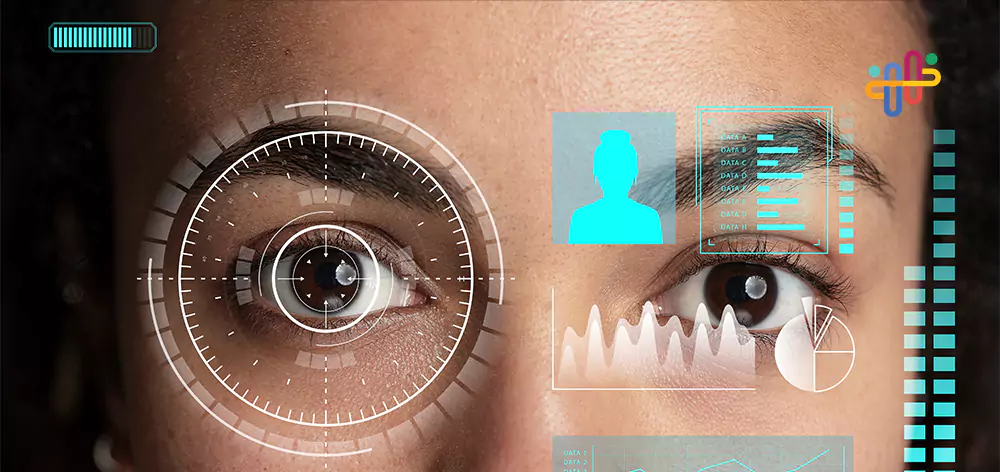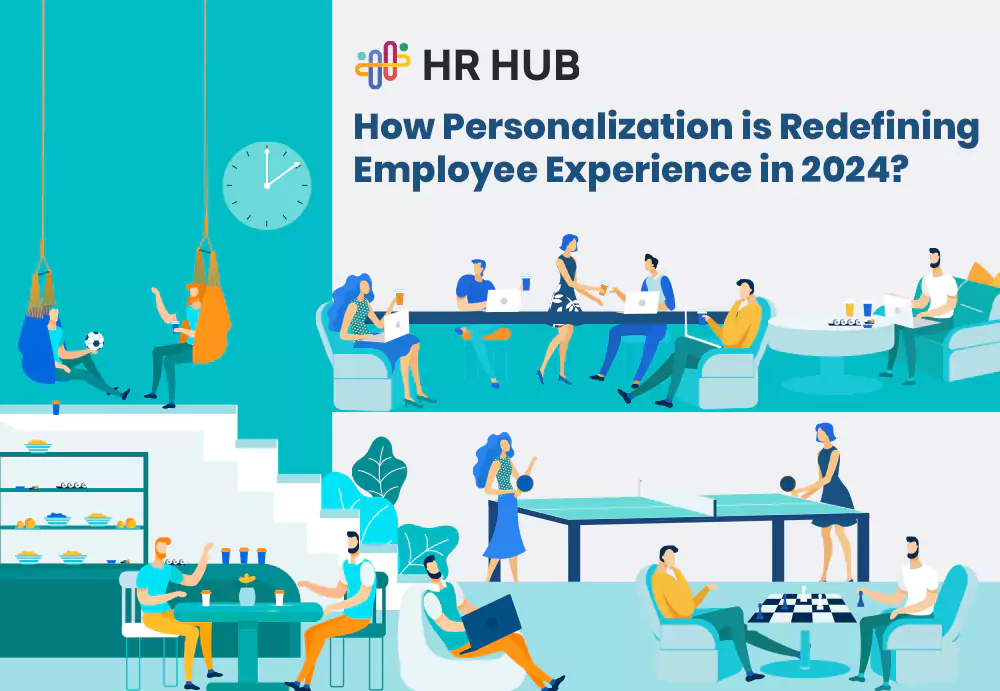Envision a future where attendance tracking is extraordinarily effective, error-free, and effortless. No more misplaced time sheets, no more mistakes made by people, and no more laborious hand logs.
Greetings from the future of attendance tracking in the attendance management software solution, when time management and presence monitoring will be completely automated. An organization's accuracy and efficiency significantly increase when manual operations give way to highly automated solutions.
The Evolution of Attendance Tracking: From Manual to Automated
The field of attendance monitoring has seen a significant transition, moving from laborious manual techniques to automated solutions that improve precision and simplify processes.
Early Days: Manual Attendance Tracking

When attendance monitoring started, paper logs, timecards, and manual registers required much effort. The employees working in the organization typically used punch cards to clock in and out, while HR staff manually tallied hours worked and verified attendance records. This tedious process was prone to inefficiency, data manipulation, and human mistakes.
The Advent of Electronic Systems

In the 1980s and 1990s, the implementation of electronic timekeeping systems came into action. With the help of such systems, magnetic swipe cards and barcode scanners were typically used to track employee attendance. Although these systems significantly improved manual methods, they still required much oversight and manual input. They also had limitations due to hardware and could not integrate with other organizational systems.
The Rise of Biometric Systems

The advent of biometric attendance systems in the early 2000s encouraged innovation. These technologies used distinct physiological characteristics like fingerprints, face recognition, and iris scans to increase security and accuracy. Implementing biometrics in the employee attendance management system enhanced attendance records by decreasing fraudulent practices like buddy punching. Nevertheless, the initial installations were expensive and necessitated large infrastructural expenditures.
Cloud-Based and Integrated Solutions

With the increasing popularity of cloud computing, attendance monitoring systems started to transition towards cloud-based solutions. These systems provided enhanced scalability, a smooth interface with other payroll and HR systems, and real-time data access. Now that attendance data from several sites could be centrally managed, businesses could increase organizational efficiency. Additionally, smartphone apps enable workers to clock in and out from a distance, offering flexibility and supporting the expanding remote work trend.
The Era of AI and Machine Learning

These days, the most advanced technologies for tracking attendance are machine learning and artificial intelligence (AI). These sophisticated algorithms can automate scheduling, predict attendance problems, and pattern analysis.
AI-driven analytics help businesses maximize their operations by offering insightful information on labor patterns. The robust and reliable biometric system is solely responsible for dealing with the machine learning algorithms Since they can adjust to new data types and continuously improve their accuracy, AI and Machine Learning have adopted new trending technologies.
What are the Benefits of Automated Attendance Tracking?
Let's explore the essential benefits of automated attendance tracking in attendance management software solutions.
- Accuracy and Reliability: Because automated procedures drastically minimize human error, attendance data is reliable and accurate.
- Efficiency: HR staff may concentrate on more strategic duties as streamlined procedures save them time.
- Cost-effective: By reducing human labor and enhancing resource management, automated solutions can eventually lower operating costs.
- Data Security: More sophisticated systems have improved security measures that guard private employee data and lower the possibility of data breaches.
- Compliance: By keeping correct data, automated tracking assists businesses in adhering to labor laws and regulations.
Implementation Considerations That Organizations Need To Take Care of
When implementing an automated system for tracking attendance, establishments have to take into account many aspects:
- Scalability: Ensure the system can accommodate more users and locations as the company expands.
- Integration: The system needs to easily interface with the management, payroll, and HR applications already in use.
- User-Friendliness: An interface that is easy to use guarantees that managers and staff may quickly become accustomed to the new system.
- Support and Maintenance: To ensure peak performance, dependable vendor support, and frequent system upgrades are essential.
- Privacy Concerns: Adopt strong data privacy safeguards to preserve employee confidential information and adhere to data protection laws.
The Transformation of Attendance Tracking: Manual to Automated
Organizations' approach to workforce management has changed significantly due to the transition from manual to computerized attendance tracking. Businesses may improve their attendance management procedures' accuracy, efficiency, and security by implementing automation.
Technological advancements will provide even more creative ideas to improve efficiency and simplify processes. The transition from handwritten logs to complex AI-driven systems emphasizes how crucial it is to continuously adapt and improve in the dynamic field of labor management.






